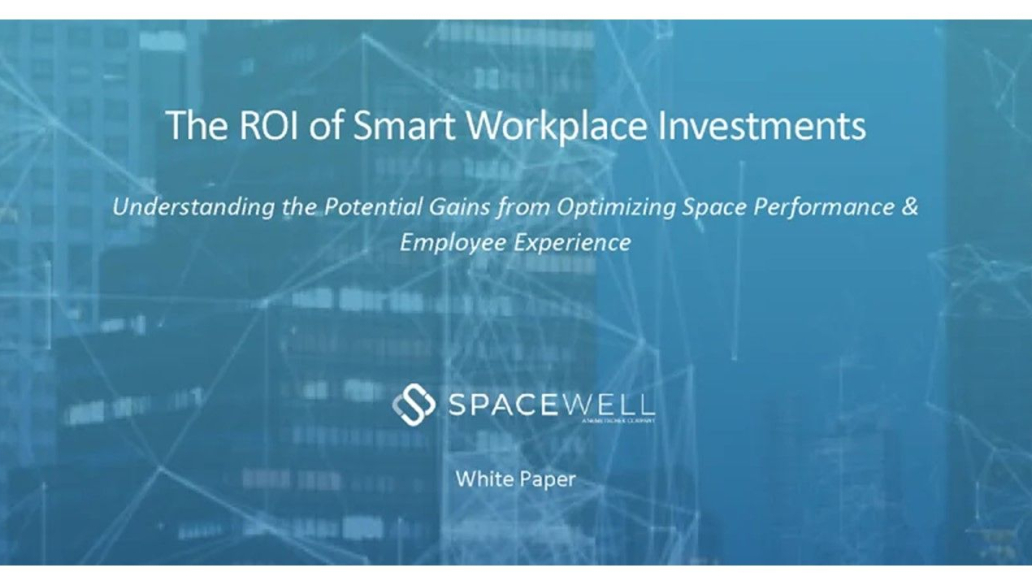Spacewell Releases White Paper on the ROI of Smart Workplace Investments
With hybrid working set to increase and most (87%) executives expecting to make changes to their real estate portfolio in 2021 (PwC’s US Remote Work Survey), companies aiming to improve their workplaces are juggling a lot of competing demands for investment to support both on-site and remote work.
Antwerp, May 11, 2021 – With hybrid working set to increase and most (87%) executives expecting to make changes to their real estate portfolio in 2021 (PwC’s US Remote Work Survey), companies aiming to improve their workplaces are juggling a lot of competing demands for investment to support both on-site and remote work. With so many new priorities, a natural question to ask when evaluating smart workplace solutions, is how the returns on that investment compare to those of other potential products.
“Rather than offering a black-box approach with a one-size-fits-all ROI formula, the report instead presents the research and business case along with general approaches towards calculating returns that can be adapted on a case-by-case basis,” explains Wouter Hartemink, CRO at Spacewell. “It outlines different approaches so that corporate occupiers, building owners and potential investors have all the necessary tools to estimate the potential gains for their own office spaces.”
Smart workplace solutions encompass hardware and software solutions to optimize the physical workplace, streamline ways of working in the office, and create a positive workplace experience. These technology solutions have become increasingly cost-effective but can still represent a significant investment – not to mention substantial time commitments by real estate and IT teams that are evaluating different options.
Two Paths to ROI: Space & Experience
To help companies evaluate different options, Spacewell published a white paper designed as a guide to understanding the potential returns around one subset of smart workplace technologies: software platforms that capture, process, analyze, and visualize space monitoring data. These technologies are designed to optimize two essential attributes of the workplace: space performance and employee experience. Each of these, in turn, is subdivided further to reflect different ways in which technology can prove beneficial. For space, the paper considers footprint, densification, and right-sizing. For employee experience, it focuses on productivity and talent management. The report draws heavily on authoritative third-party research to explain both the source and size of potential returns. It sets out which data are needed as inputs and provides ROI calculation methods for the different optimization scenarios.

